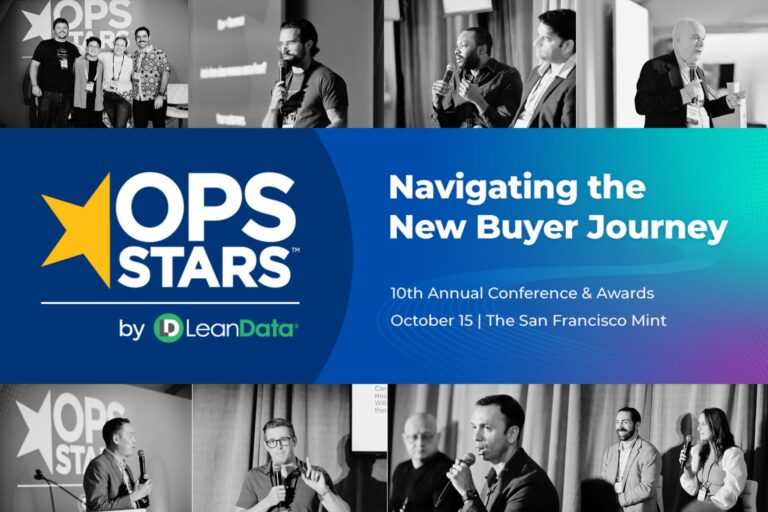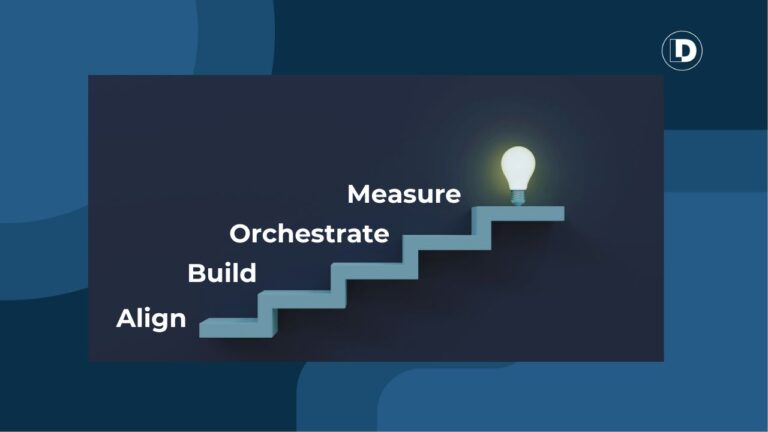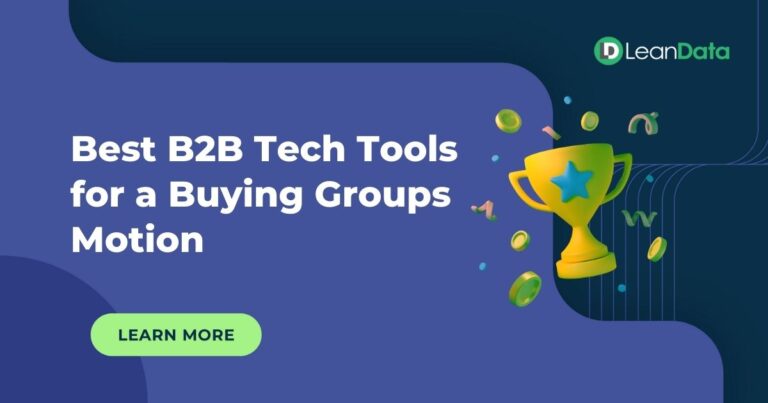What if your tech stack is the biggest thing standing in the way of revenue growth?
That’s the reality many B2B organizations are facing as they try to implement a Buying Groups go-to-market motion. The CRM and marketing automation platforms (MAPs) most companies rely on were built in a different era:
when the funnel was linear,
the lead was king,
and sales and marketing worked in silos.
But today’s buyers don’t follow that path. And your systems weren’t designed for how modern B2B buying actually works.
At the Forrester B2B Summit, NVIDIA’s Sr. Director of Enterprise Revenue Marketing, Ari Capogeannis, made this clear:
“CRM over here, marketing automation over there, bolt on buying group goodness… it doesn’t make sense.”
In this article, we’ll explore why your current tech stack may be limiting your ability to succeed with Buying Groups and what to do about it.
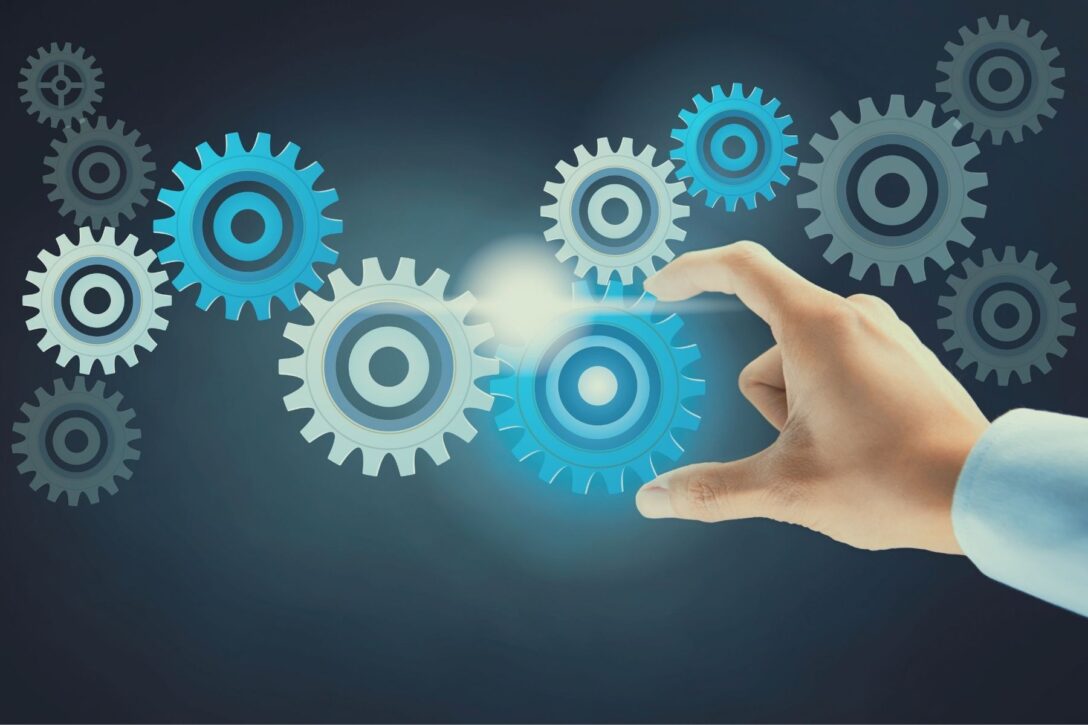
The Tech Stack Problem No One Wants to Admit
Most marketing and sales teams feel the pain, even if they can’t name the cause. Leads get lost. Follow-ups are late. Sales and marketing argue over quality. And orchestration between systems is clunky at best.
Here’s the uncomfortable truth: your systems are doing exactly what they were built to do. They just weren’t built for Buying Groups.
Lead-based architectures were designed around a single contact moving through a funnel. But Buying Groups involve multiple people, playing different roles, engaging at different times. Your MAP and CRM don’t natively support that.
But escaping that mindset isn’t easy.

From Siloed Systems to Unified Strategy
In traditional setups, MAPs manage leads. CRMs manage contacts and accounts. The systems don’t speak Buying Groups natively. That means marketing sees one view, sales sees another, and both miss the full picture.
Trying to “bolt on” Buying Groups to this setup creates chaos. Data lives in different places. Matching and routing fall apart. And revenue teams spend more time fixing the process than executing it.
Ari describes this disjointed reality as “managing static lists versus a dynamic, elevated strategy.”
So what does a modern approach look like?

The Buying Groups Blueprint: What You Actually Need
To support Buying Groups, you need a tech stack that does three key things:
- Unifies lead, contact, and account data
- Recognizes and scores Buying Group engagement
- Orchestrates personalized actions across roles and channels
Let’s break that down.
1. Unified Data Across Roles, Accounts, and Systems
You can’t work a Buying Group if you can’t see it.
That means your tech must match and merge leads, contacts, and accounts into one unified view. It needs to know that the developer who downloaded an ebook is connected to the VP who attended a webinar and the director who spoke with sales two years ago.
This requires strong data matching, often beyond native CRM capabilities. Tools like LeanData can help stitch together these relationships so you can see the full buying team.
2. Smart Scoring That Reflects Group Behavior
Traditional lead scoring is broken in a Buying Groups motion. One person’s activity doesn’t reflect account readiness. Plus, lead scores often lack context.
Instead, modern teams are scoring both individuals and the Buying Group as a whole. NVIDIA does this using something they call account strength. This signals blends first-party, third-party, and behavioral data into a single metric.
“That account strength metric is based off of all that activity, first and third-party, that we pump into that,” Ari explains.
Scoring should also prioritize the roles that matter most. Not every engagement means it’s time to sell. Knowing who is engaging and why helps your team act strategically.
3. Orchestration That Goes Beyond Handoffs
Once you know the right accounts and people to engage, your tech stack should help you take action — not just pass information along.
That means:
- Automatically routing the right contacts to the right rep
- Triggering personalized campaigns based on role or journey stage
- Alerting sellers when buying group activity crosses a threshold
Orchestration shouldn’t be a one-time handoff. It should be always-on, adjusting in real time as Buying Group engagement evolves.
And critically, it should span both marketing and sales functions.
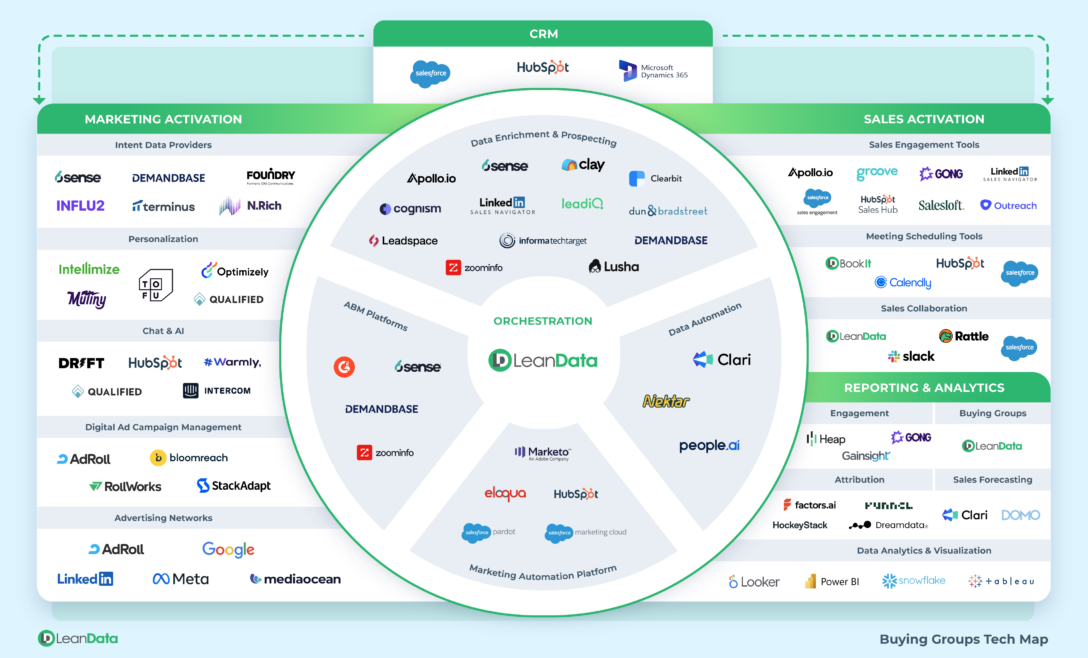
Stop Thinking in Terms of Leads vs. Contacts
One of the most important mindset shifts is to stop dividing your world into “leads” and “contacts.” It’s all just data about people within accounts.
Many tech stacks force this division because leads and contacts live on separate objects in the CRM. That creates blind spots and makes it hard to measure true engagement.
Instead, modern teams treat all people in the CRM as part of a contact coverage strategy.
- Who’s involved?
- Who’s missing?
- Who’s engaged?
- Who’s not?
When you stop worrying about what object the data lives on, and start focusing on who matters in the Buying Group, everything gets easier.

The Path Forward: Crawl, Walk, Run
This kind of shift won’t happen overnight. But there are clear ways to start:
- Audit your current systems. Where are the gaps in matching, scoring, or routing Buying Group data?
- Reframe how you define success. Move from lead-centric metrics to Buying Group coverage and engagement scores.
- Invest in orchestration tools. Choose platforms that help you unify, score, and act on Buying Group signals.
- Educate your teams. Help sellers and marketers see the big picture—this isn’t about leads. It’s about relationships.
Tech Alone Isn’t the Answer
Yes, your tech stack matters. But success with Buying Groups is just as much about how your team thinks as what tools you use.
You need to escape what Ari calls “pre-digital era thought patterns.” That means challenging old habits, aligning around accounts, and building for agility, not legacy.
It’s not easy. But it’s worth it.
Because if your tech stack stays stuck in the past, your revenue growth will too.






